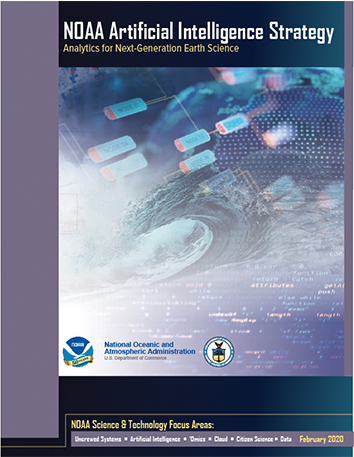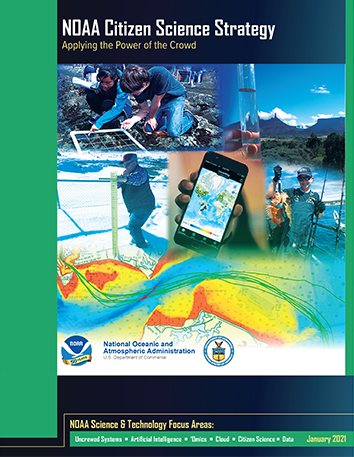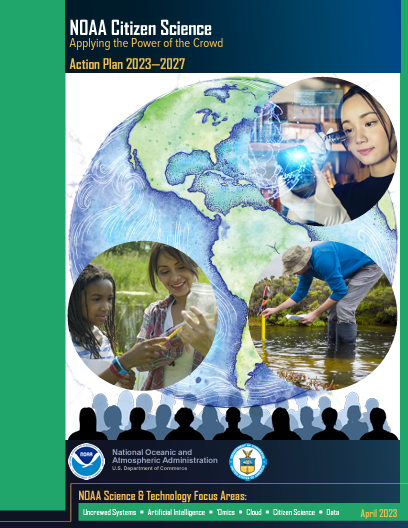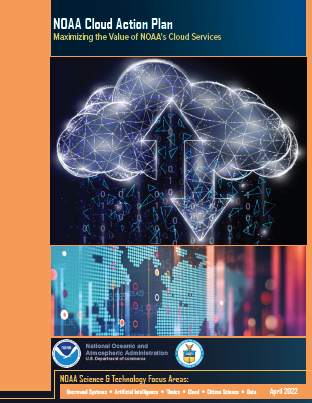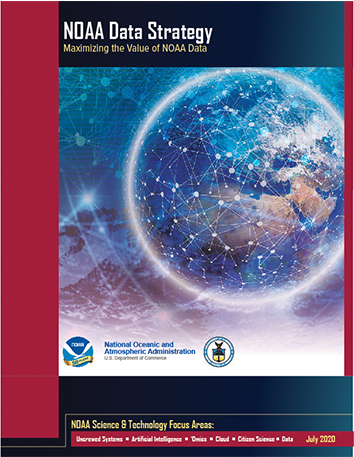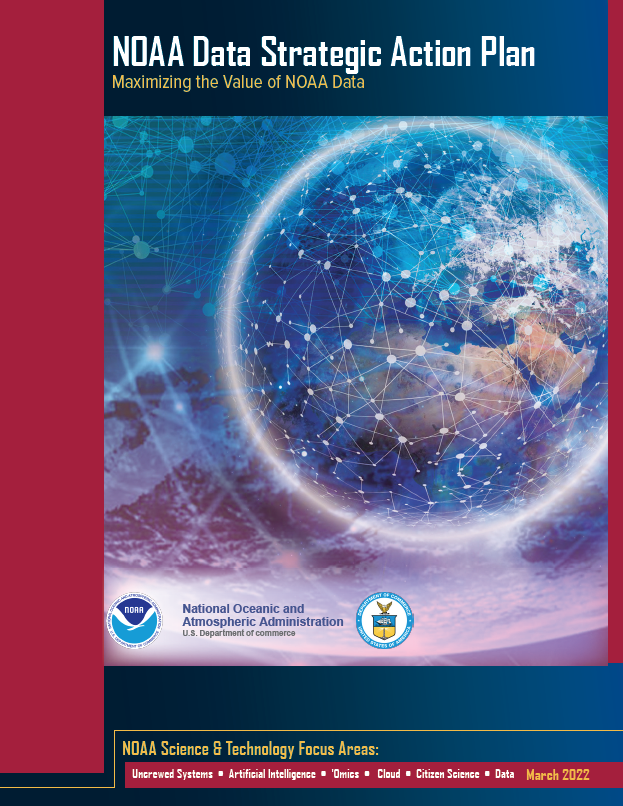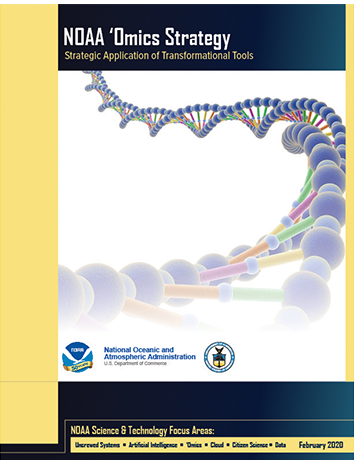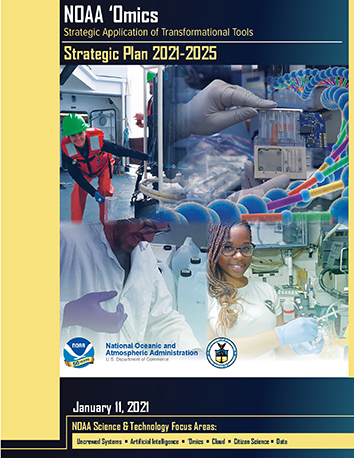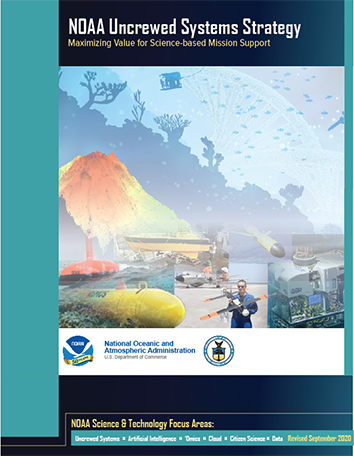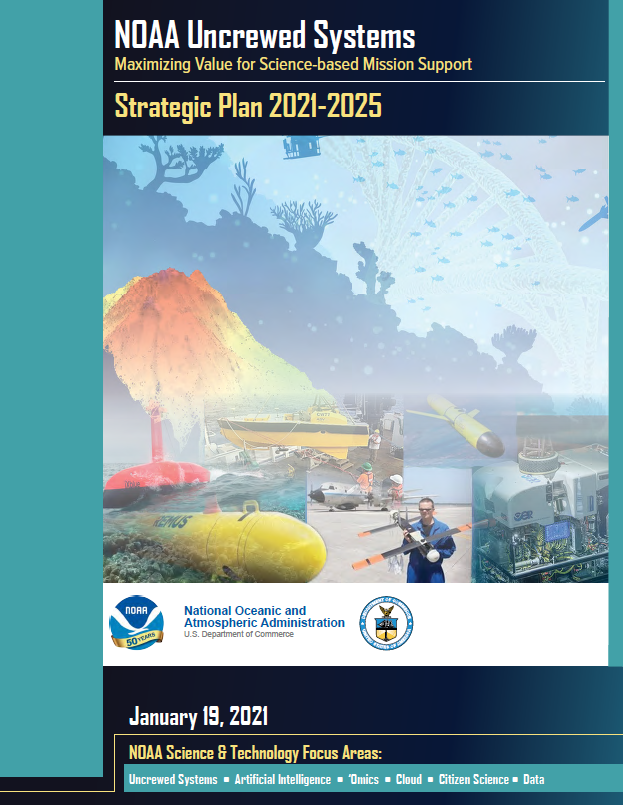NOAA Science & Technology Focus Areas

NOAA’s strategies in six key science and technology (S&T) focus areas guide transformative advancements in the quality and timeliness of NOAA’s products and services across our mission areas. Our strategies in the fields of (1) Uncrewed Systems (UxS), (2) Artificial Intelligence (AI), (3) Cloud Computing, the use of advanced methods to analyze material such as DNA, RNA, or proteins, called (4) ‘Omics, (5) Data, and (6) Citizen Science, help us more efficiently and effectively adopt the breakthrough S&T applications to help deliver the world’s best weather forecasts and to grow the American Blue Economy. An overarching summary of NOAA’s Science and Technology Focus Areas is available here.
NOAA Cloud Strategy
Public Comments
The full list of responses submitted to the request for Public Comment for the Four Draft NOAA Science and Technology Strategies: NOAA Unmanned Systems, Artificial Intelligence, `Omics, and Cloud Strategies are here, and the responses/actions per Focus area are:

